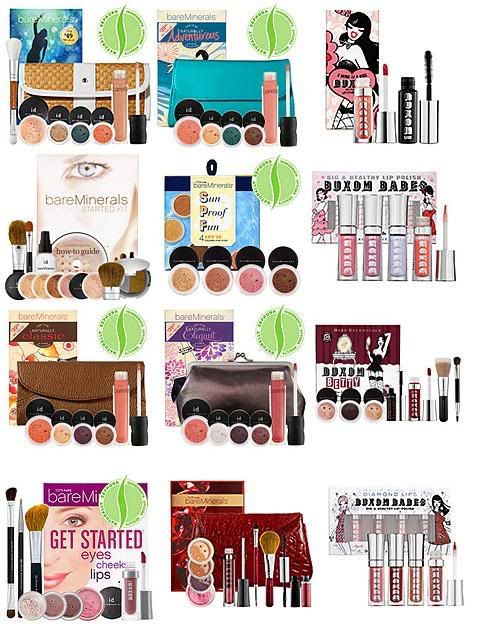On January 6th the New York Times told a story about a cache of trash bags containing unsold H&M clothing that had been mutilated and trashed behind the H&M store on 35th Street.Clearly H&M is not concerned with street scavengers. They are more concerned with their cheap merch flooding discount channels or coming back as "unpaid" returns at their cash registers.Destroying new clothes is a shameful and irresponsible act. It was also fiscally dumb, perhaps the least profitable way of handling unsold inventory. And to make sure that they never would be worn or sold, someone had slashed most of them with box cutters or razors, a familiar sight outside H & M’s back door.H&M could have done the following:
 **H&M could have made a appointment with a charity that would have picked up the garments and sorted and sold them as they do for other high-volume donations.
**H&M could have made a appointment with a charity that would have picked up the garments and sorted and sold them as they do for other high-volume donations.**The savviest option would have been for H&M to make a deal with a textile sorter and recycler the same enterprise that could organize the fiber conversion to cart away the garments but resell them to used clothes importers in Africa and South America. A lot of money could be made by H&M in this scenario for example the clothes would be picked up FOR FREE by the textile recycler (which would also save on labor—all that time cutting holes and packing garbage bags), plus H&M would be PAID about 50 cents per garment by the recycler.
**The garments could have been carted away by a clothing recycler who would then shred the clothes into reusable fiber. (Usually, fiber ends up as car-seat and airplane-seat stuffing.)
 Also, A few doors down on 35th Street, hundreds of garments tagged for sale in Wal-Mart hoodies, T-shirts and pants were discovered in trash bags the week before Christmas, apparently dumped by a contractor for Wal-Mart that has space on the block.Each piece of clothing had holes punched through it by a machine.
Also, A few doors down on 35th Street, hundreds of garments tagged for sale in Wal-Mart hoodies, T-shirts and pants were discovered in trash bags the week before Christmas, apparently dumped by a contractor for Wal-Mart that has space on the block.Each piece of clothing had holes punched through it by a machine.









